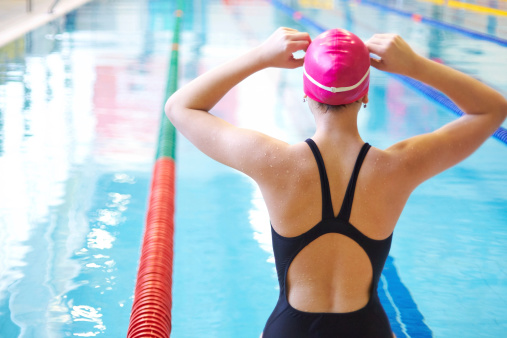
An ever-growing number of participants of high-impact forms of exercise, such as runners, basketball, football, and baseball players, are turning to swimming to avoid the injuries that are caused by these sports.

An ever-growing number of participants of high-impact forms of exercise, such as runners, basketball, football, and baseball players, are turning to swimming to avoid the injuries that are caused by these sports.
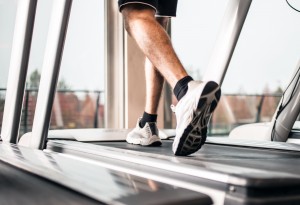
As is often the case in life, the simplest things are often the best. This applies to exercise too. For example, one of the best forms of exercise, running, is a direct outgrowth of one of the first things we learn to do—walk. Also, running can reap great physical benefits as we get older.
Indeed, along with swimming, running offers one of the best overall workouts. But running does have its drawbacks. Prolonged running, especially on hard surfaces, can wreak havoc with your lower body. Unless you have an indoor track available to you, extremes of weather and temperature can complicate or curb even the most ambitious running program.
Never one to overlook a potential market, the exercise machine industry has responded with all types of indoor running machines. One that continues to grow in popularity is the home treadmill. Why? Here are three key reasons:
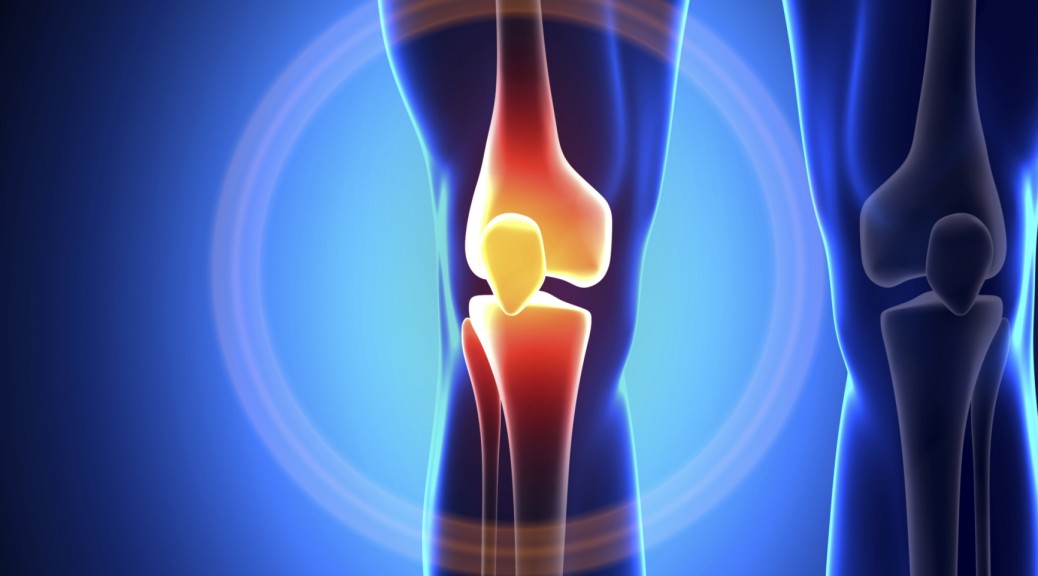
This Month in PT News. Featuring articles from PTandMe partnering clinics.
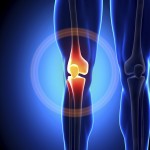
1. Time for Summer Athletes to Be Mindful of Their Knees
Written by John Mishock, PT, DPT, DC, Owner of Mishock Physical Therapy & Associates
As the summer heat starts up more people are lacing up their sneakers, grabbing their I-pods, and hitting the road. Running and power walking outside are very popular forms of exercise and while they both have excellent health benefits, physical problems can still arise. Even running less than five miles a week can cause a person to develop Patellofemoral Pain Syndrome (PFPS) which is also known as “runner’s knee.” Runner’s knee is a common dysfunction that plagues runners of all ability levels. The major symptom of runner’s knee is pain under or around the knee cap (patella). The pain is felt not only when running but also while walking up and down the stairs, kneeling, squatting, and sitting with a bent knee for a long period of time. Often victims of knee pain find themselves forced to take time off from work, school, and avoid athletic or recreational activities. Read More ->

2. Fit in Fitness
Written by the therapy Team at ARC Physical Therapy+
It can be hard to find time to workout during the week, especially when we feel as though we’re running in a million different directions as it is. However, the more we move, the better we feel. So, it’s really in our best interest to be as active as possible on a regular basis. Here are some tips to help you incorporate physical fitness into your daily routine: Read More ->

3. The Importance of Sleep for your Body
Written by the therapy Team at Momentum Physical Therapy & Sports Rehab
Sleep is more than something you do when you’re tired. Sleep is a vital part of growth, healing, and general well-being. Too often sleep is sacrificed for the sake of watching something on TV, spending time online, or being out with friends, but this sacrifice takes a heavy toll on the body in ways we don’t always recognize. If you’re having trouble sleeping, perhaps it is some of your habits that are preventing you from having the best night ever. Here are a few key things you can do in order to get a proper night’s rest: Read More ->
To Find a physical or occupational therapy clinic near you click here
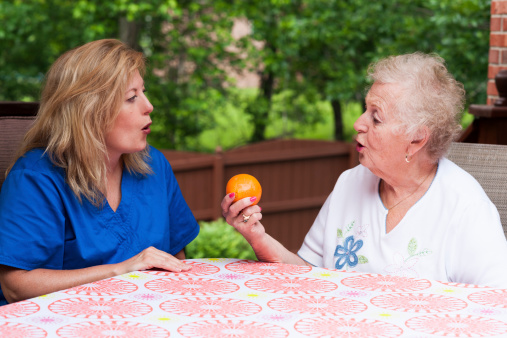
Stroke is a disease that affects the arteries leading to and within
the brain. It is the No. 5 cause of death and a leading cause of
disability in the United States.
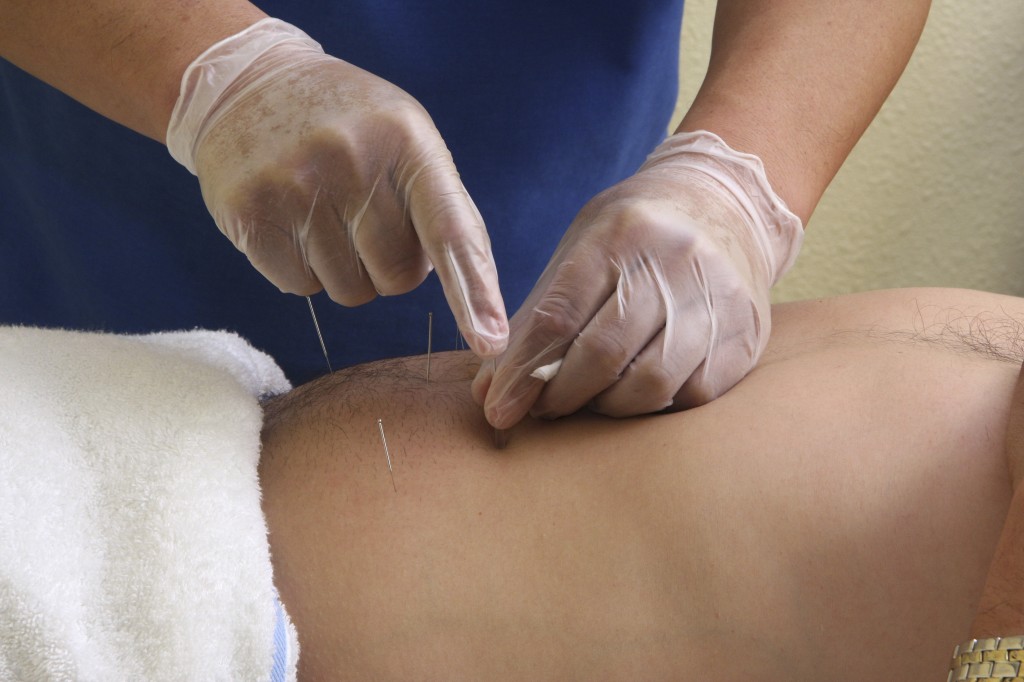
uses small, thin needles to stimulate underlying myofascial trigger points, muscular and connective tissues for the management of many orthopedic conditions, both acute and chronic. By inserting a needle into the dysfunctional tissue, it often leads to a contraction of the muscle which then stimulates a release. This leads to a reduction of pain, improvements in flexibility and a restoration of normalized movement when combined with corrective exercises.
 Pregnancy should be a time of anticipation – not pain. Working together with an OBGYN a physical therapist can create a safe and appropriate exercise routine during pregnancy. See more from an article featured on TodayinPT.com.
Pregnancy should be a time of anticipation – not pain. Working together with an OBGYN a physical therapist can create a safe and appropriate exercise routine during pregnancy. See more from an article featured on TodayinPT.com.
Melissa Gaskill writes; exercise can ease most of the common complaints of pregnancy, complaints that often lead women to a PT. Exercise helps reduce backaches; increase energy; improve mood, posture, and circulation; increase range of motion; and promote muscle tone, strength, and endurance. Exercise can help women sleep better, and may help prevent or treat gestational diabetes. Regular activity, particularly abdominal workouts, also may improve a woman’s ability to cope with labor, make it easier for her to get back in shape after the birth, and decrease the risk of pelvic floor and organ prolapse. Pregnant women should, however, receive clearance from their obstetricians before beginning any exercise regimen. CLICK HERE TO READ THE FULL ARTICLE
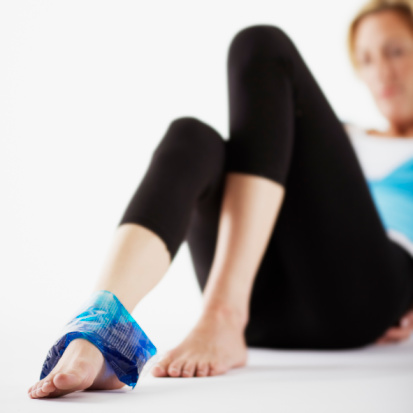
One of the most common injuries is an ankle sprain. The most common of these is called an inversion-sprain in which the foot is rolled out. On the outer portion of the ankle are three ligaments which can be stretched or torn. There are different severities of sprain and different sets of symptoms. In general , most result in swelling , pain, stiffness, bruising and difficulty with weight bearing. The more involved the sprain, the more of these symptoms are present.
As with most injuries, earlier treatment means speedier recovery. The old synonym of RICE applies within the first 24-48 hours.
R- Rest I- Ice C- Compression E- Elevation
Continue reading
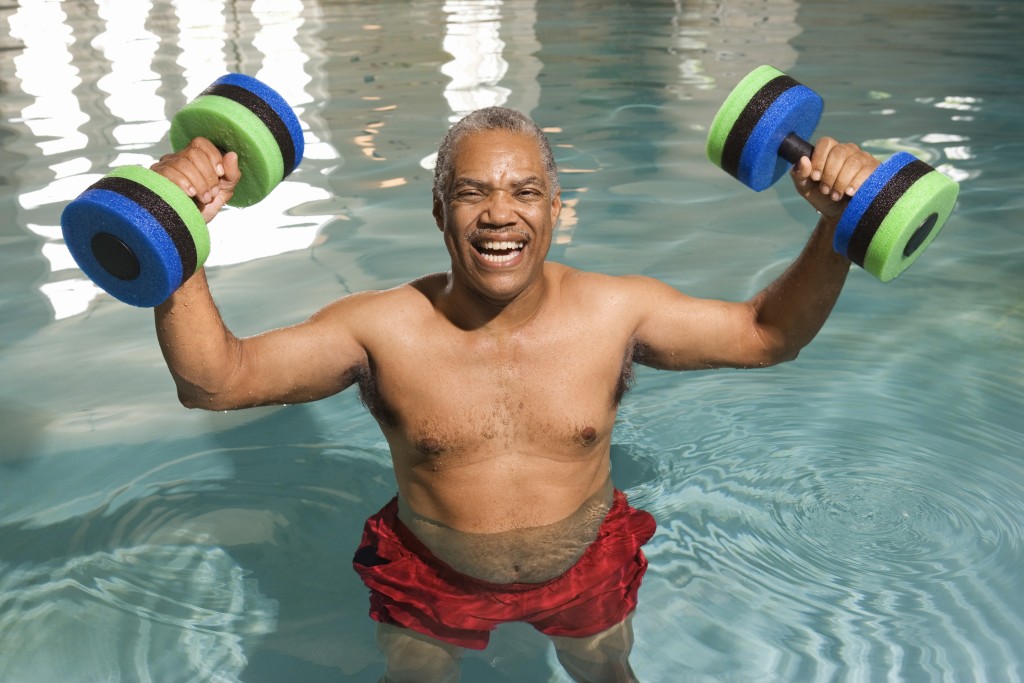
Aquatic therapy offers an alternative environment for therapeutic exercise. If you have tried traditional physical therapy or have restrictions on your physical therapy program, aquatic therapy may be the perfect solution for your physical therapy needs. Patients with orthopedic and arthritic conditions can stretch and strengthen in an impact reduced environment. If you have a restricted weight-bearing status after surgery, aquatic therapy may also be ideal for you. The buoyancy of water reduces the stress of gravity so you can exercise in water, even if you have partial weight-bearing status.
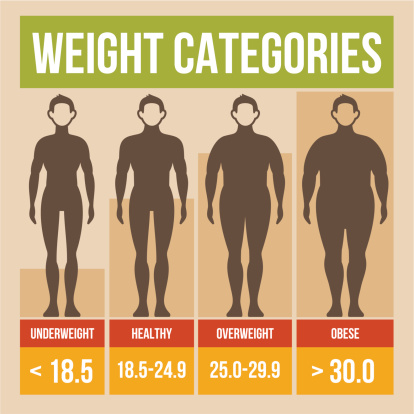
Body Mass Index (BMI) is a number calculated from a person’s weight and height. BMI is a fairly reliable indicator of body fatness for most people. BMI does not measure body fat directly, but research has shown that BMI correlates to direct measures of body fat, such as underwater weighing and dual-energy x-ray absorptiometry (DXA).1, 2 BMI can be considered an alternative for direct measures of body fat. Additionally, BMI is an inexpensive and easy-to-perform method of screening for weight categories that may lead to health problems.
BMI is used as a screening tool to identify possible weight problems in adults. However, BMI is not a diagnostic tool. For example, a person may have a high BMI. However, to determine if excess weight is a health risk, a healthcare provider would need to perform further assessments. These assessments might include skinfold thickness measurements, evaluations of diet, physical activity, family history, and other appropriate health screenings.
Calculating BMI is one of the best methods for population assessment of overweight and obesity. Because calculation requires only height and weight, it is inexpensive and easy to use for clinicians and for the general public. The use of BMI allows people to compare their own weight status to that of the general population.
Other methods to measure body fatness include skinfold thickness measurements (with calipers), underwater weighing, bioelectrical impedance, dual-energy x-ray absorptiometry (DXA), and isotope dilution. However, these methods are not always readily available, and they are either expensive or need highly trained personnel. Furthermore, many of these methods can be difficult to standardize across observers or machines, complicating comparisons across studies and time periods.
The BMI ranges are based on the relationship between body weight and disease and death.5 Overweight and obese individuals are at increased risk for many diseases and health conditions, including the following:
Information provided by cdc.gov
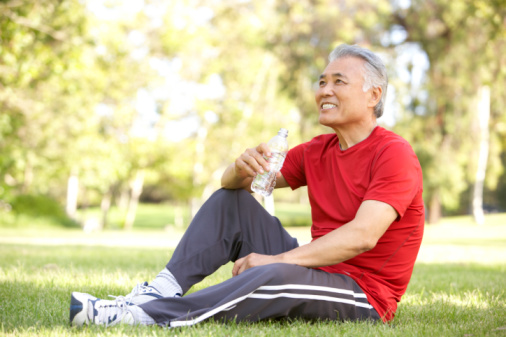
You have commonly heard the phrase, “MAKE SURE YOU ARE DRINKING ENOUGH WATER.” Hydration is important for the body not only as a daily practice, during physical activity, but also plays an important role in the aid of weight loss. The human body is made up of approximately 50-75% water. The percentage of water varies based on age and gender.